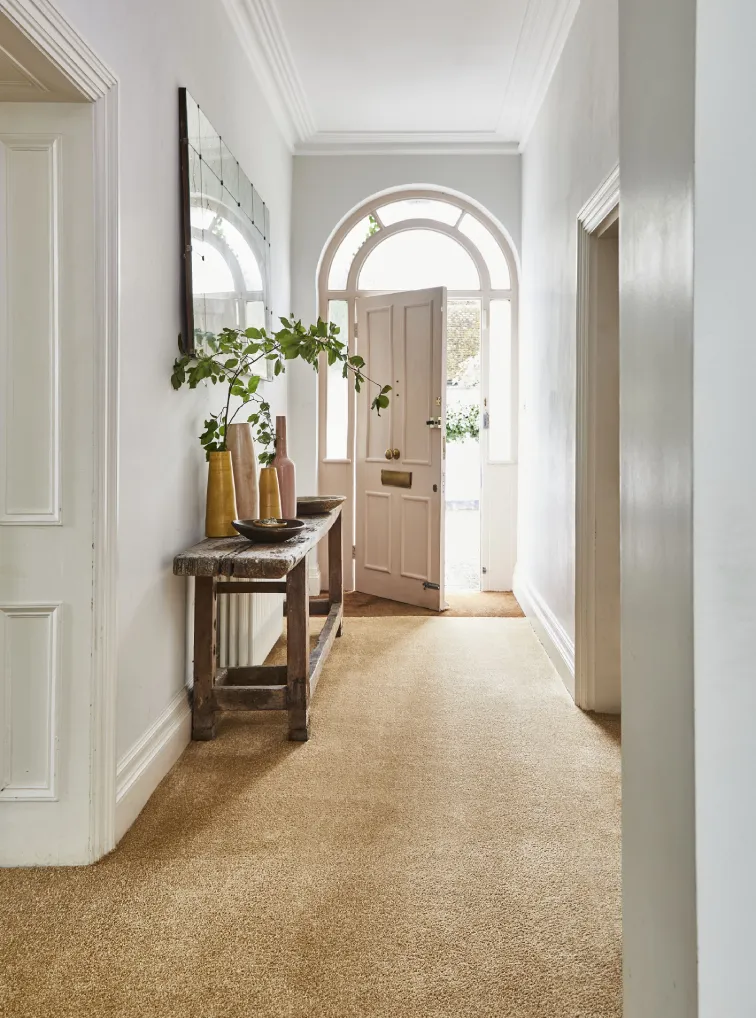Offering wall-to-wall comfort in a vast range of colours and patterns, carpet can transform your home. From natural, durable materials to plain and patterned options, there are plenty of carpets on the market to spruce up any space. Here, we speak to the experts to find out how to choose the perfect carpet for your space, plus we've found a few of our favourites on the market.
Start with the carpet
‘When choosing a look for their interiors, many people focus on fabrics and furniture and forget about the floor,’ says Jeremy Wilson of Ulster Carpets. ‘But a good-quality carpet in the right colour and pattern can add depth and personality to the home and make a real style statement.’
If you prefer plain carpet but can’t find the colour you want, John Lewis and Brockway Carpets, among others, offer colour-matching services to produce wool carpet to match your preferred shade.
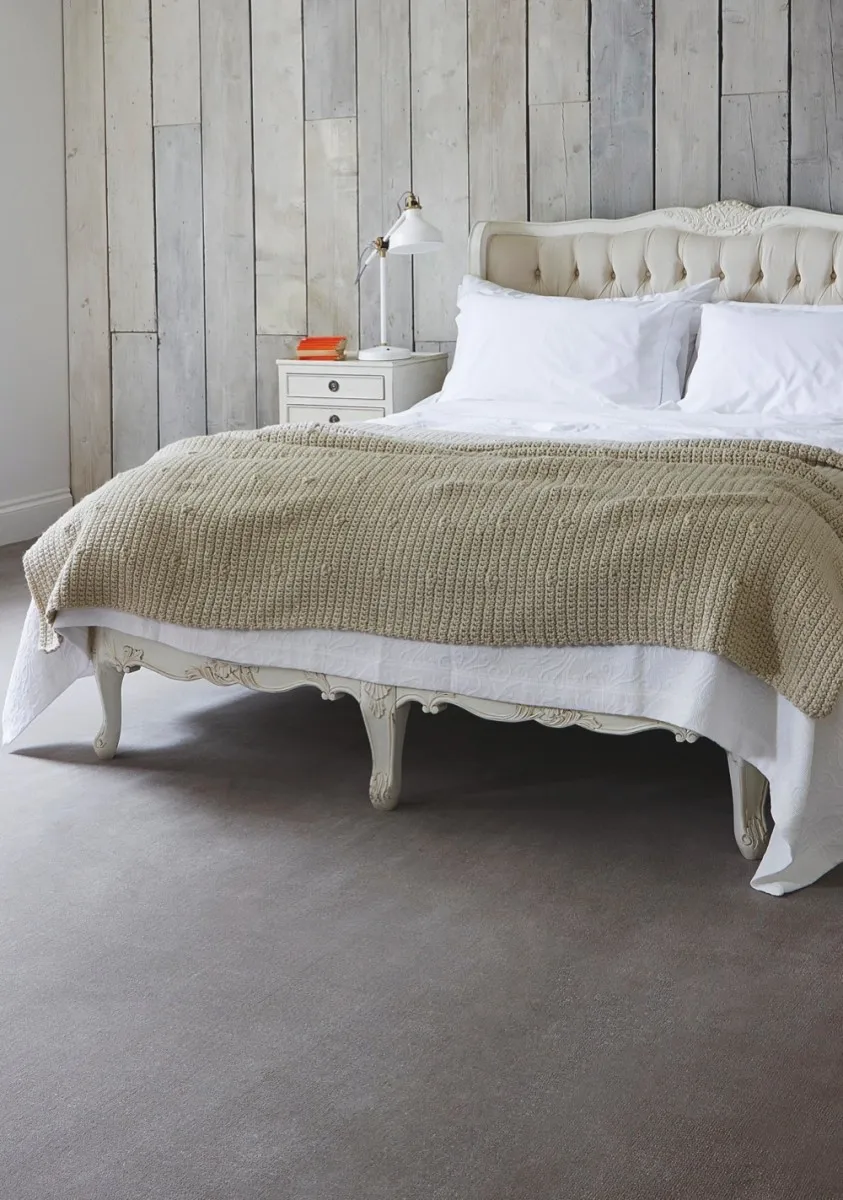
To get the most from your carpet choose the right one for the job. Carpets are labelled to indicate their suitability: heavy domestic-grade carpets have durable, resilient pile ideal for busy areas like stairways and living rooms; medium domestic-grade carpets are suitable for rooms that receive lighter wear, such as bedrooms.
‘Twist and velvet pile carpets are both hard-wearing,’ says Rupert Anton of The Carpet Foundation. ‘Loop pile is durable too although animal claws can snag in its weave. Plush Saxony-style carpet feels luxurious in the bedroom but is less suited to living areas.’
Choose the right fibre
How a carpet looks, feels and performs depends on the fibre it’s made from. Wool is the classic choice of natural fibre and polypropylene is one of the most-popular synthetic materials – both can be used alone or mixed with other materials.
‘Wool is warm, hard-wearing and has the resilience to recover easily from the pressure of furniture or heavy foot traffic,’ points out David Cormack of Cormar Carpets. ‘Polypropylene is durable, stain-resistant, easy to clean and colourfast, as well as being an affordable choice.’
Consider stair runners
Stair runners can be made from cut pile, loop or flatweave carpet and are a smart alternative to fitted carpet.
They come in standard widths between 59cm and 70cm or can be made to order to leave at least 5cm of floor visible at either side.
‘Where there’s fitted carpet on the landing, it should go over the nosing of the top step to cover the upper edge of the runner,’ advises Crucial Trading’s Emma Hopkins.
‘Generally, where the stairs connect wooden floors, the runner should start at the base of the bottom step and end under the nosing of the top step.’
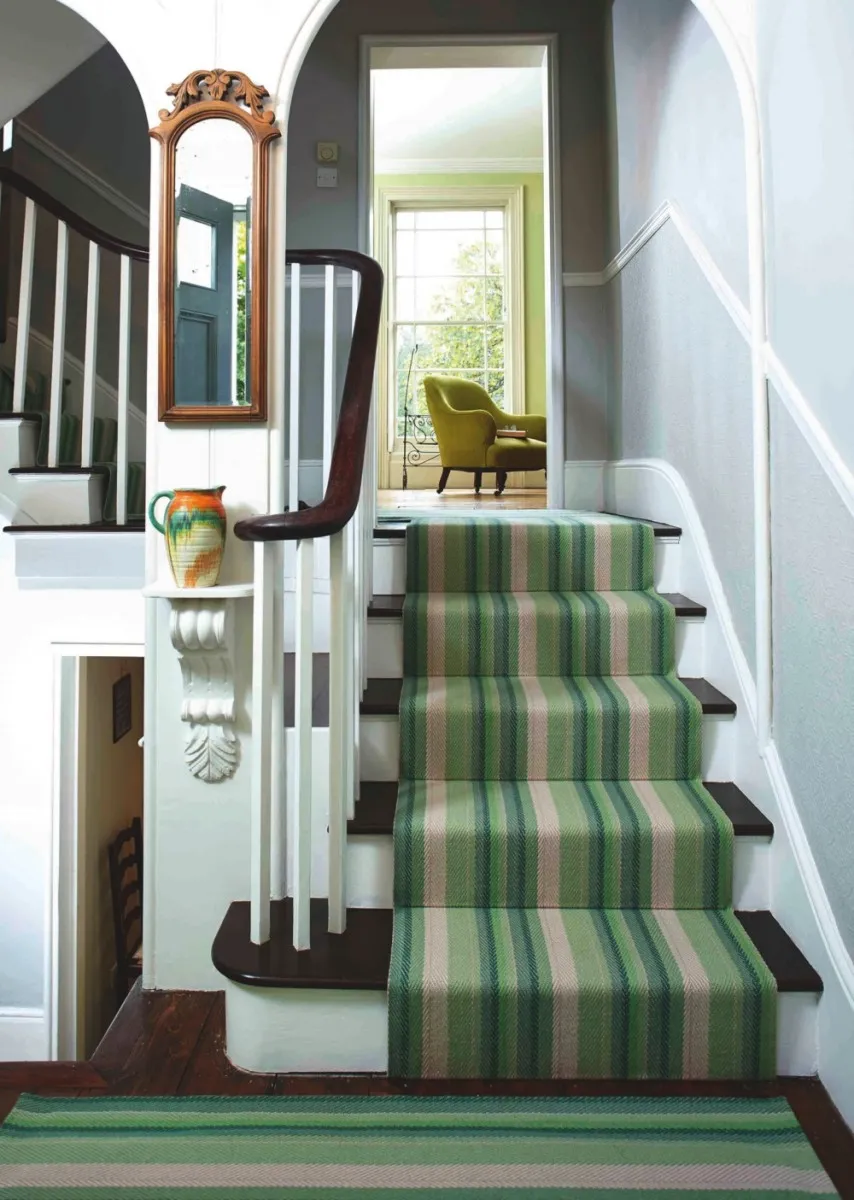
Invest in the installation
Underlay and professional fitting will extend the life of your carpet so don’t be tempted to skimp on them. ‘A decent underlay is about £8.50 per square metre,’ explains Ian Powers, Assistant Buyer of Floor Coverings at John Lewis.
‘Heavy paper to line the floor is around 50p per square metre and, in the London area, grippers and fitting will add a further £18.90 per square metre.’ You can cut costs further by clearing the room of furniture and disposing of old carpet before the fitters arrive.
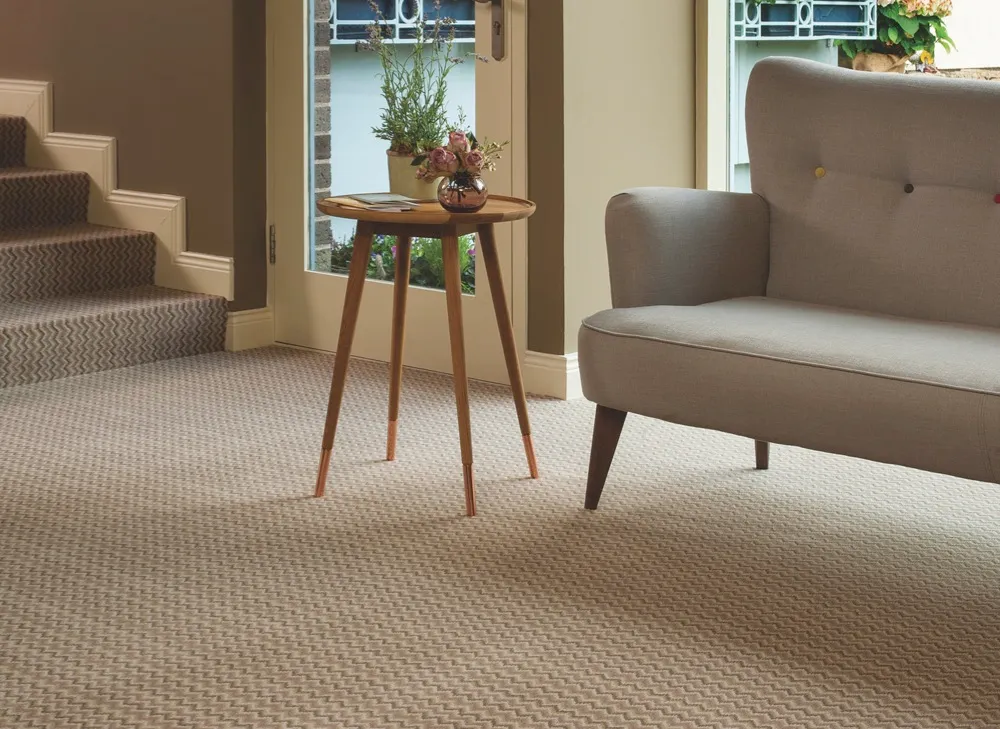
Add texture to neutral carpets
Plain carpet in a neutral tone is an elegant, go-with-anything background for a room but in larger spaces it can seem bland. One way to add interest is with texture; from ribbed effects, loop and velvet stripes as well as textures that emulate Aran knitting patterns.
‘Even quite striking patterns look more subtle when they’re presented in a single colour,’ says Anjana Sethia of Flock Living.
Create continuity
Using the same carpet throughout the house gives a feeling of continuity and helps small homes feel more spacious but complementary carpet designs can deliver a similar effect while linking rooms more creatively.
‘You can create a visual flow through adjoining living spaces by choosing carpets with a common background or accent colour,’ says Jeremy Wilson of Ulster Carpets.
‘Provided the colour palette is the same, using tonal stripes, patterns and plains alongside one another gives individual spaces their own personality without creating a busy look.’
16 of the best carpets
1. Pimlico Twist carpet in Blush Pink, £12.99 per sq m, Carpetright -Buy it now
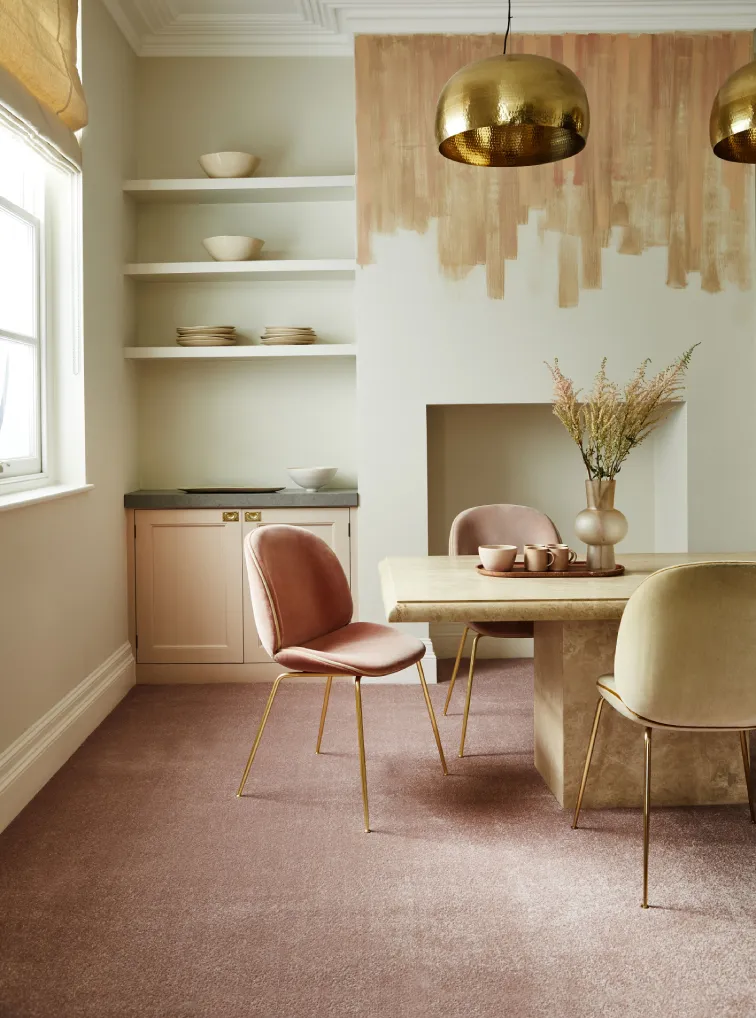
2. Inglewood Saxony carpet in Carbon, £20–£25 per sq m, Cormar Carpet Co -Buy it now
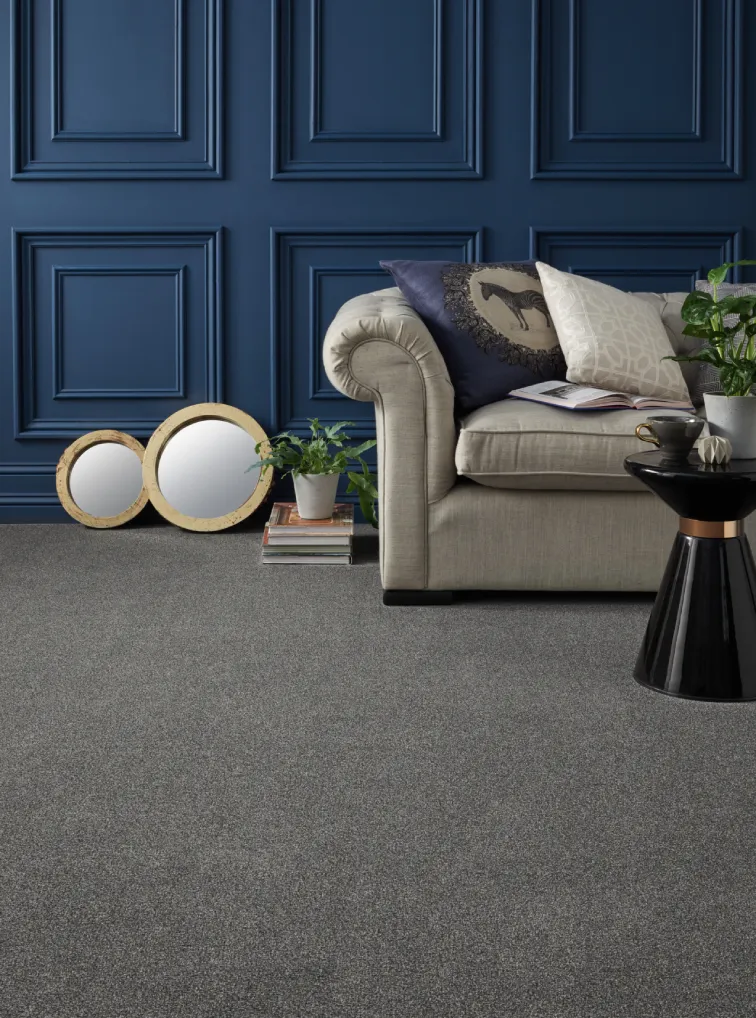
3. Capella carpet in Morning Frost, £29 per sq m, Kersaint Cobb -Buy it now
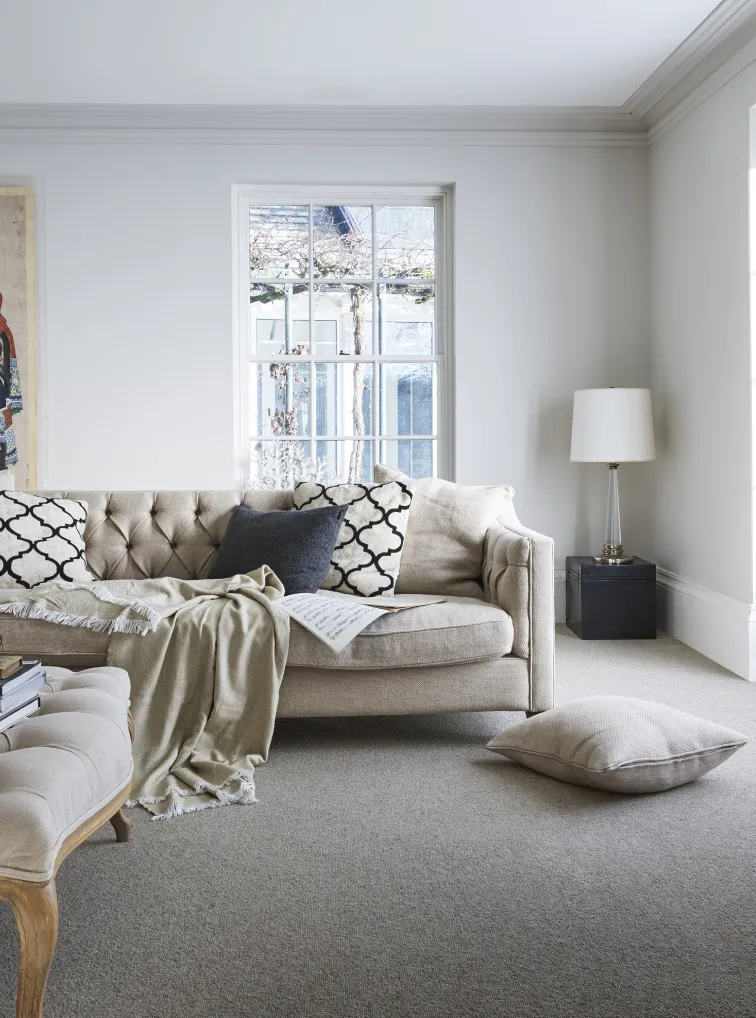
4. Sensation original carpet in Cape Diamond, £26 per sq m, Cormar Carpet Co -Buy it now
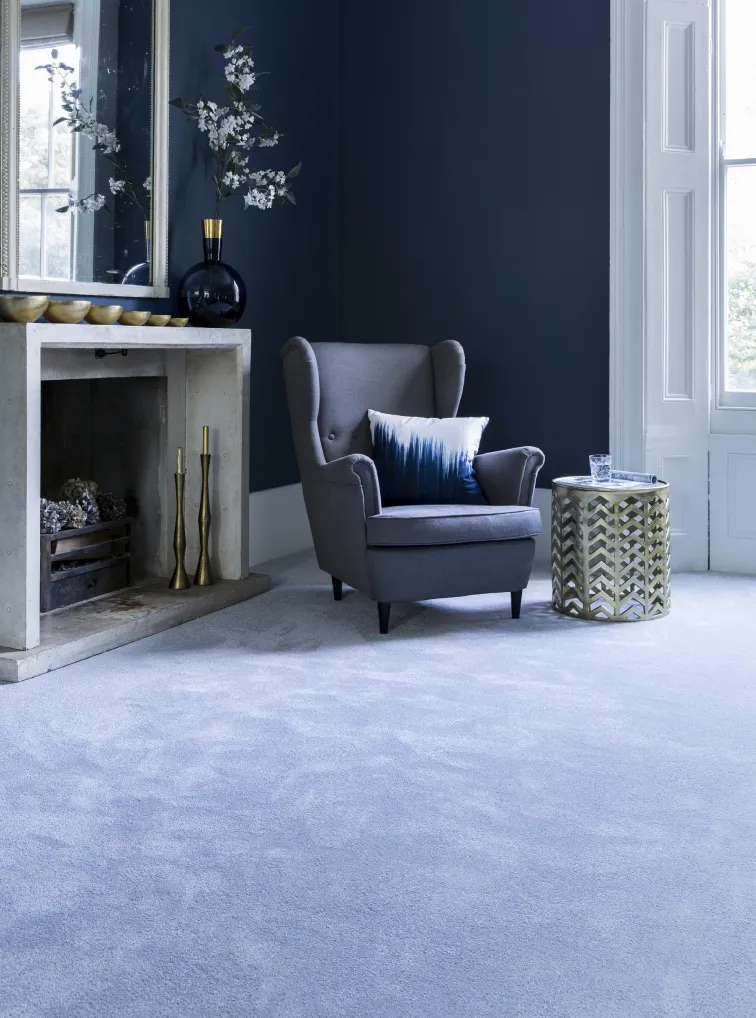
5. Lundy Bay carpet in Teepee, £24.99 per sq m, Lifestyle Floors -Buy it now
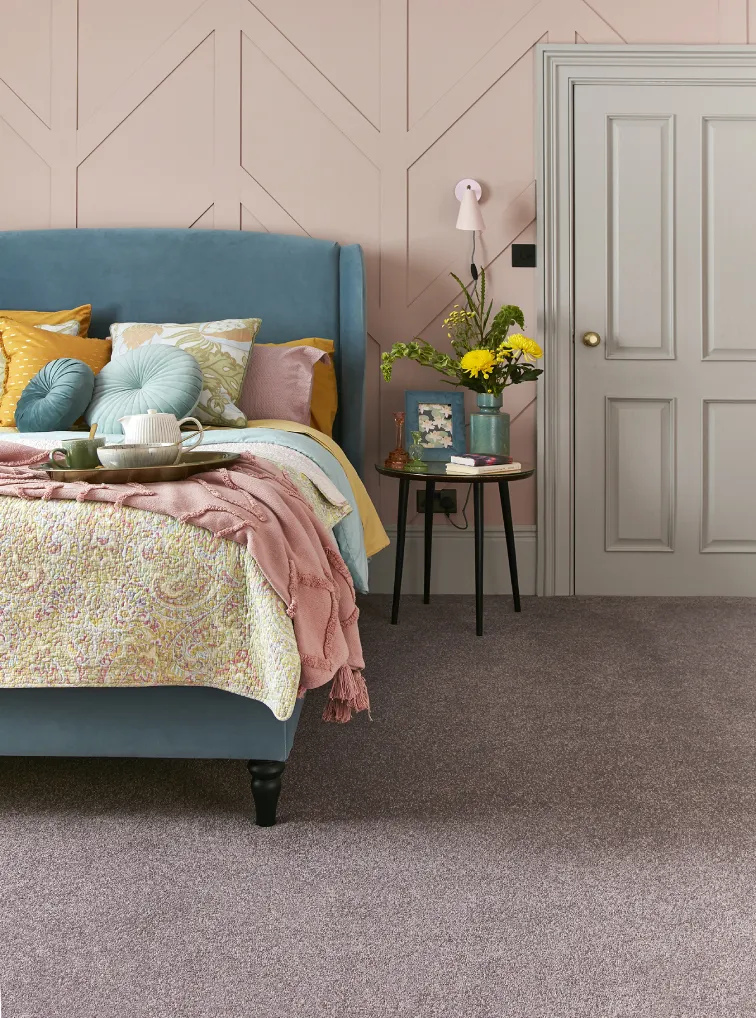
6. Divine carpet in Golden Sands, £120 per sq m, Crucial Trading -Buy it now
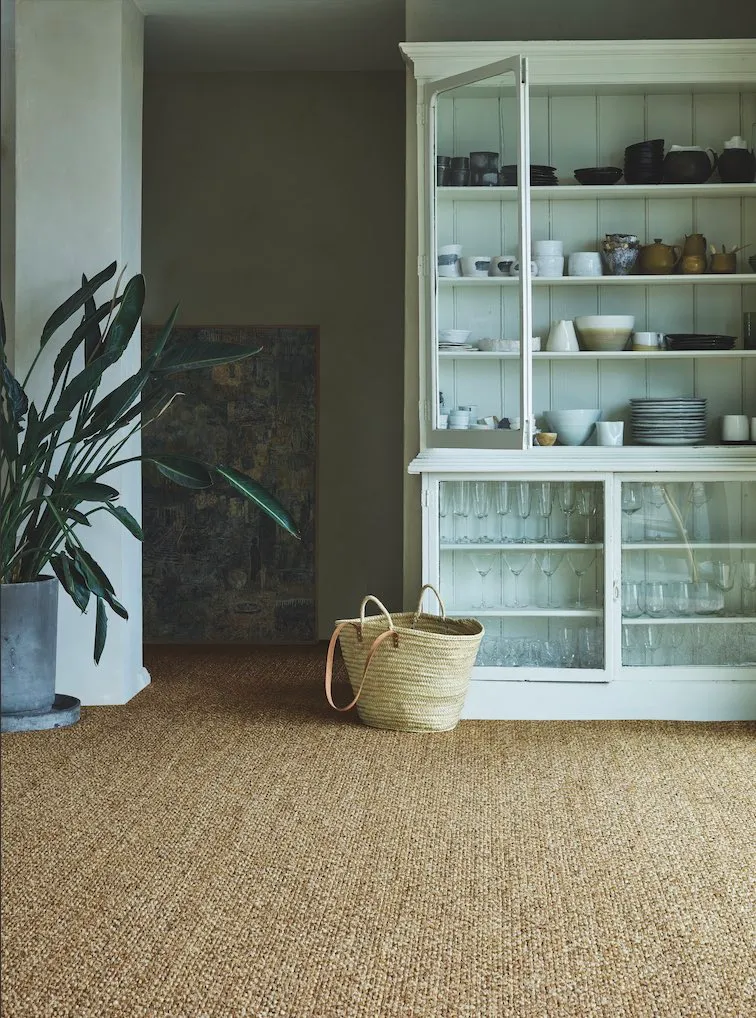
7. Big Bouclé carpet in Crumpet, £45.30 per sq m, Alternative Flooring -Buy it now
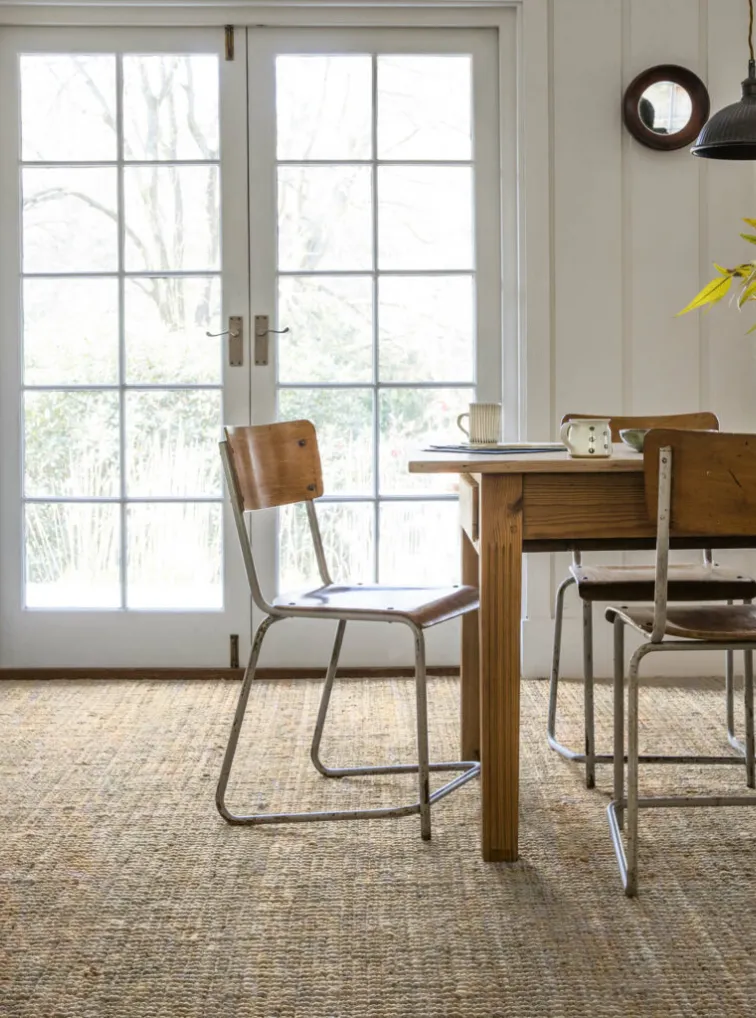
8. Seagrass Herringbone carpet, £27.30 per sq m, Alternative Flooring -Buy it now
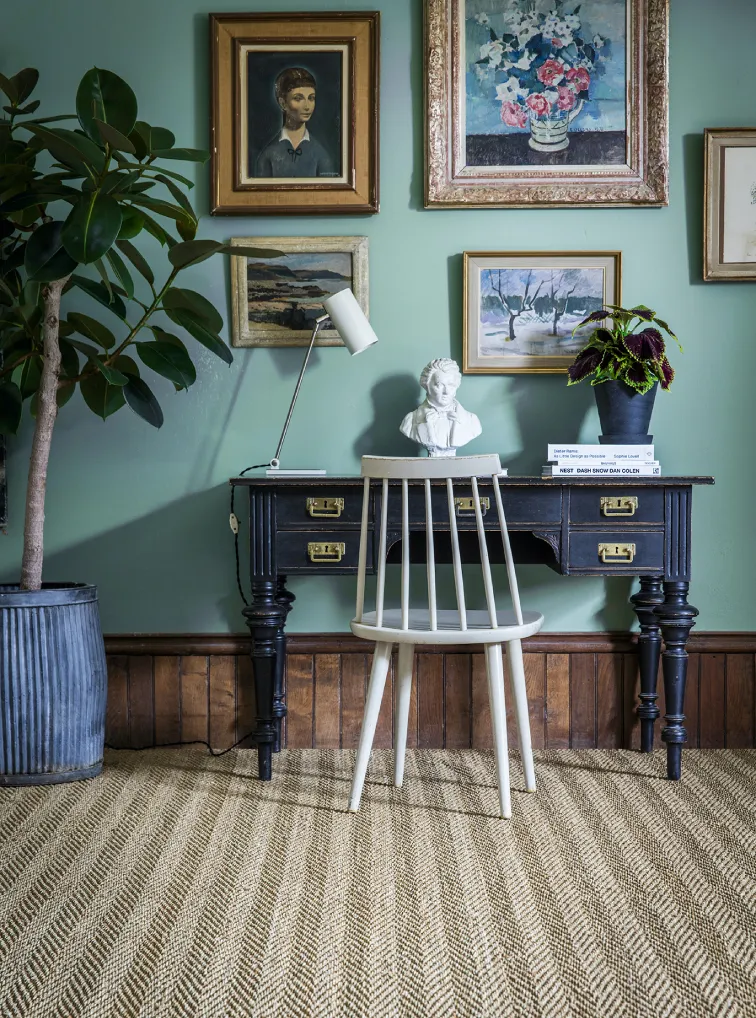
9. Wool Couture carpet in Milan, £35 per sq m, Kersaint Cobb -Buy it now
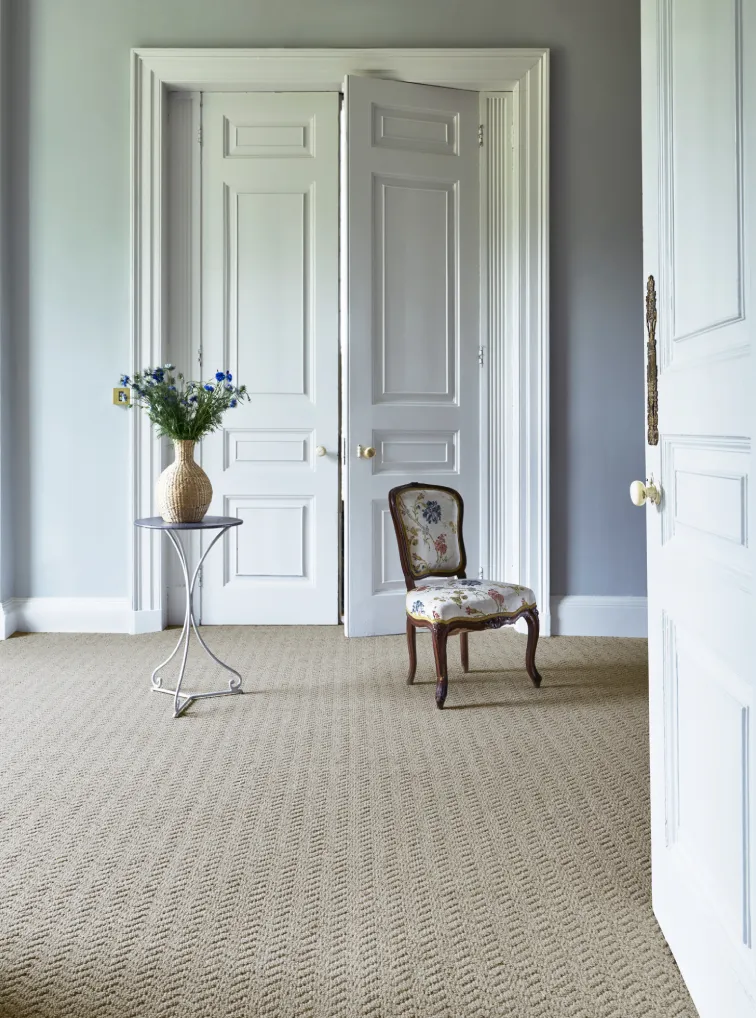
10. Golden Effie carpet, part of the Timorous Beasties Collection, £97.99 per sq m, Brintons -Buy it now

11. Hazy Days Rockpooling carpet in Pebble, £92 per sq m, Axminster Carpets -Buy it now
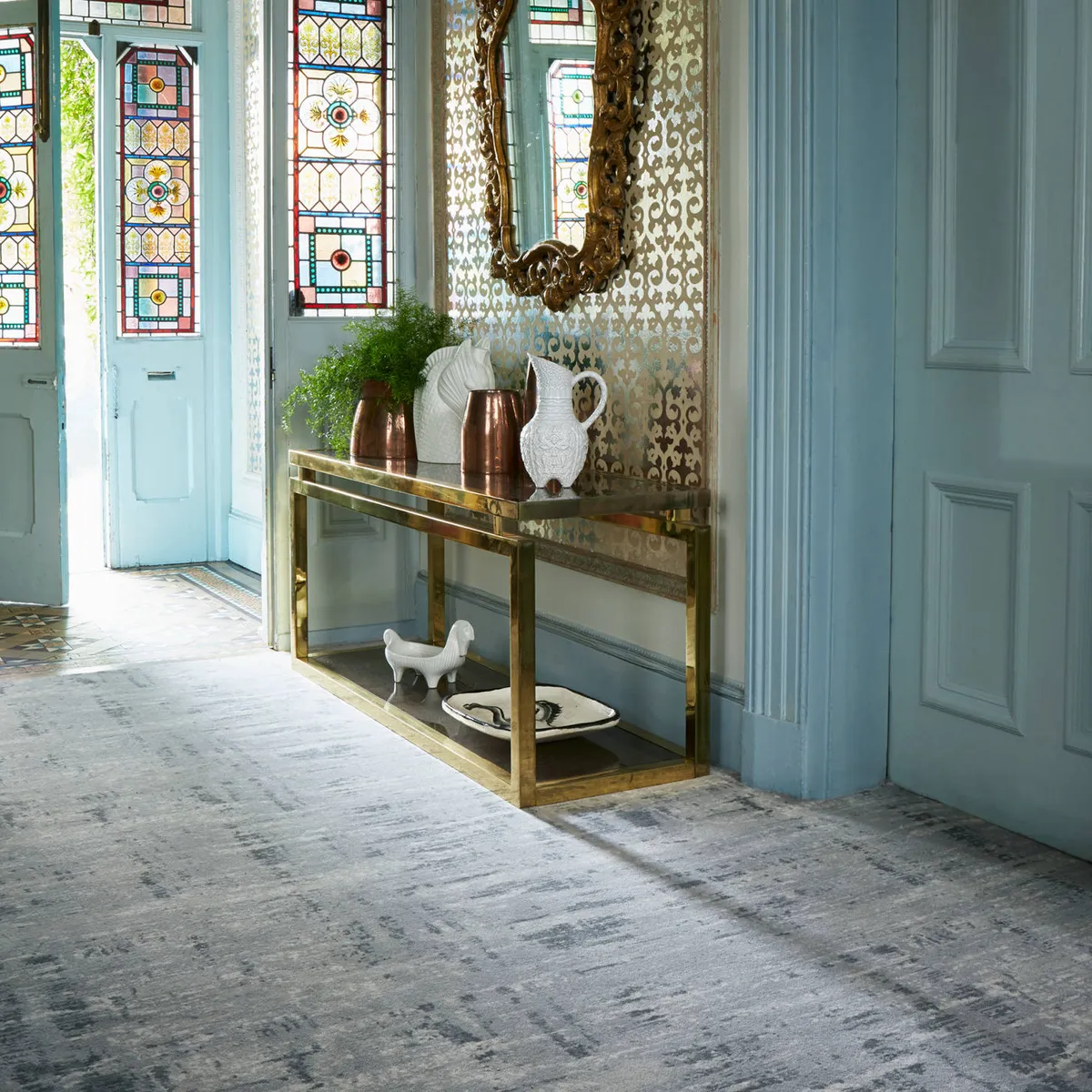
12. Condo Wilton Baroque carpet in Teal, £49.99 per sq m, Carpetright -Buy it now
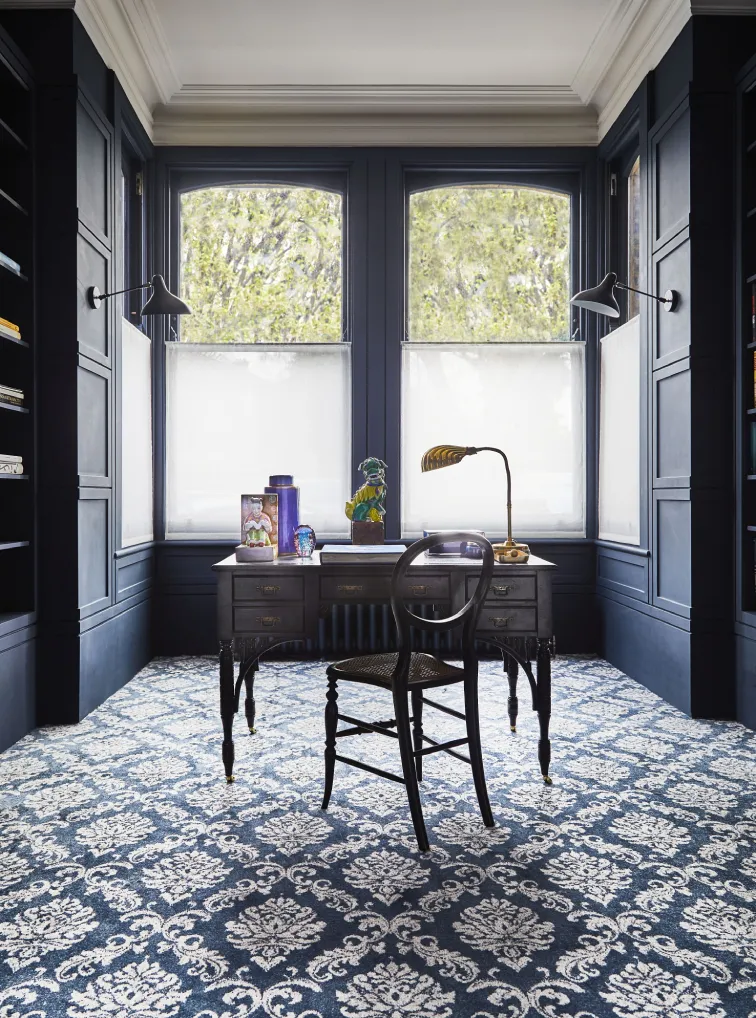
13. Quirky B Shuttle carpet in Silas by Margo Selby, £120.25 per sq m, Alternative Flooring -Buy it now
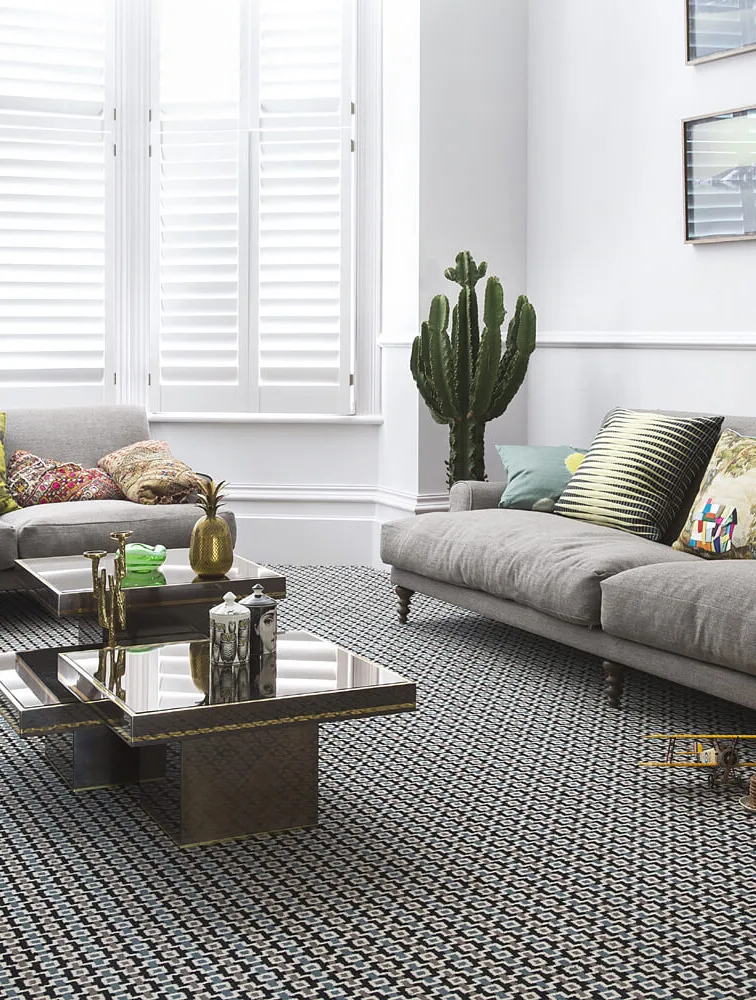
14. Home Counties Plains carpet in Cairn Grey, £30–£35 per sq m, Cormar Carpet Co -Buy it now
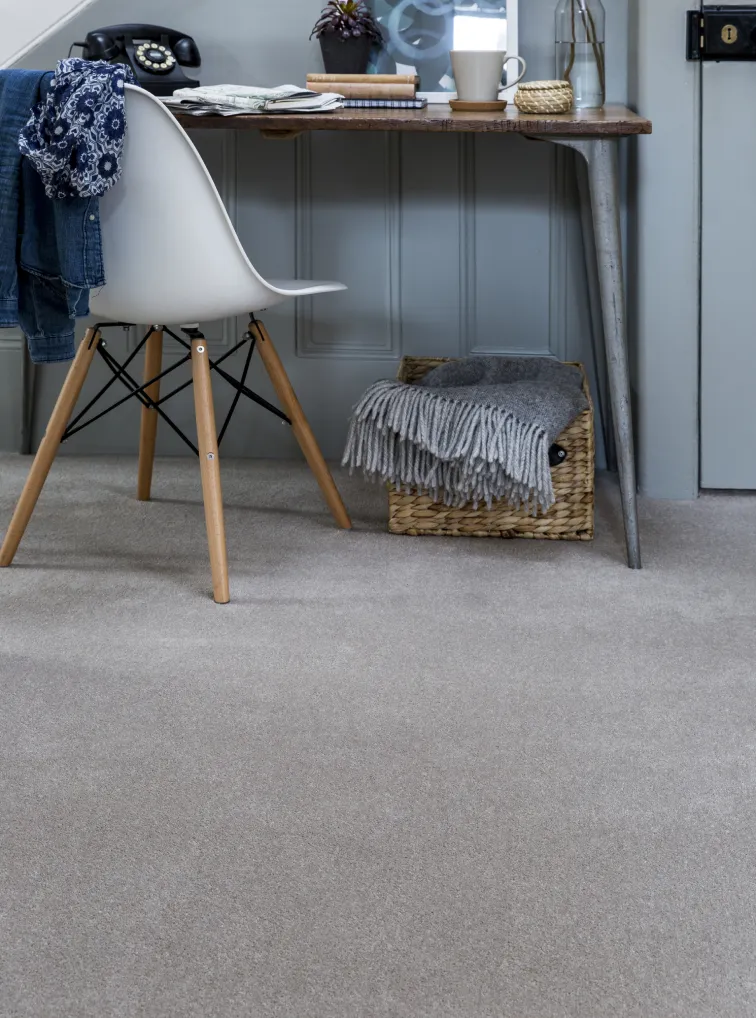
15. Avebury Stripe carpet in Tidworth Stripe, £35–£40 per sq m, Cormar Carpet Co -Buy it now
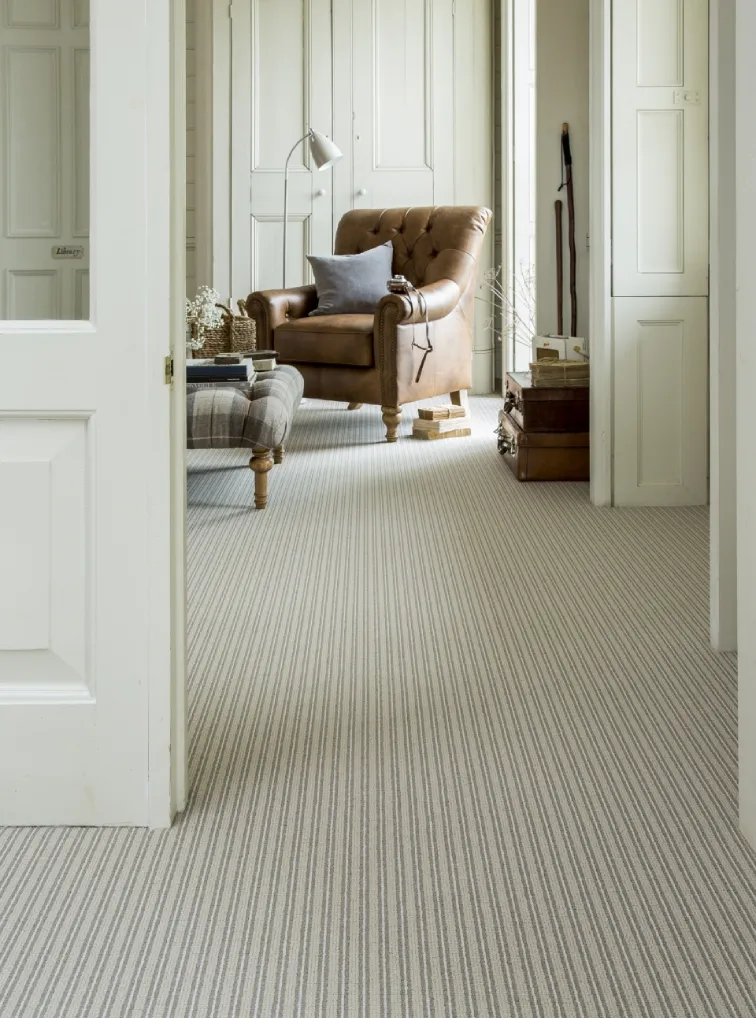
16. Kingston Saxony carpet in Citrine Heather, £12.99 per sq m, Carpetright -Buy it now
